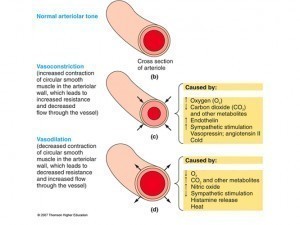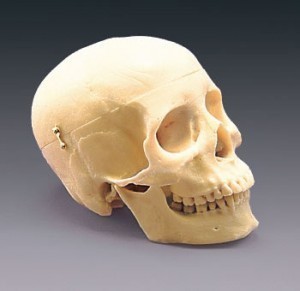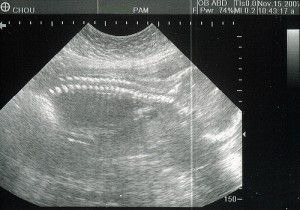Blood Vessels Diameter
Known as the body parts that are important to blood circulation, blood vessels have three kinds, namely the veins, the capillaries as well as the arteries. The veins are responsible for transporting blood to the heart from the capillaries. On the other hand, the capillaries allow the exchange of chemicals as well as water between the tissues and the blood. Finally, the arteries transport blood from the heart. Before we proceed with the functions of the body parts, let us start learning about the blood vessels diameter.
important to blood circulation, blood vessels have three kinds, namely the veins, the capillaries as well as the arteries. The veins are responsible for transporting blood to the heart from the capillaries. On the other hand, the capillaries allow the exchange of chemicals as well as water between the tissues and the blood. Finally, the arteries transport blood from the heart. Before we proceed with the functions of the body parts, let us start learning about the blood vessels diameter.
The Diameter of Blood Vessels
What is the diameter of blood vessels? The diameter of blood vessels ranges from 8 micrometer to 25000 micrometer. The type of blood vessels that has the smallest diameter is the capillary while the type with the largest diameter is the artery. The artery also has the thickest wall and the capillary has the thinnest wall.
Arteries can be classified into two types, namely the large arteries and the arterioles. Arterioles are important to identify one’s blood pressure. These are seen at the arterial tree’s end. The diameter of arterioles usually ranges from 20 micrometer to 30 micrometer. The walls of arterioles are thicker than the diameter mentioned. The walls are consisted of smooth muscles and fibers. Hormones and nerves usually regulate arterioles. The regulation of arterioles is important to arterial blood pressure regulation. Above all, arterioles regulation is essential to vasodilatation as well as to supply the appropriate blood flow needed by tissue in the different parts of the human body.
Additional Information and Other Important Details
The wall of blood vessels are composed of flattened cells also known as the endothelium. In addition to the cells, the other parts that can be seen in the walls are stiff collagen fibers, elastic fibers as well as smooth muscle fibers.
The veins and arteries have similar structure. These blood vessels have three layers, namely the tunica adventitia, tunica media and tunica intima. The tunica adventitia is composed of connective tissue and found on the outer layer. The middle layer, tunica media, is consisted of polysaccharide substances, connective tissue and elastic fiber. The inner layer, tunica adventitia, has nerves that provide nutrients to connective tissue.
The diameter of blood vessels can be affected by different factors. These include vascular disease like cancer. Another disease that usually affect the blood vessels diameter is atherosclerosis. This disease is responsible for the development of lipid lumps in the wall of blood vessels.





